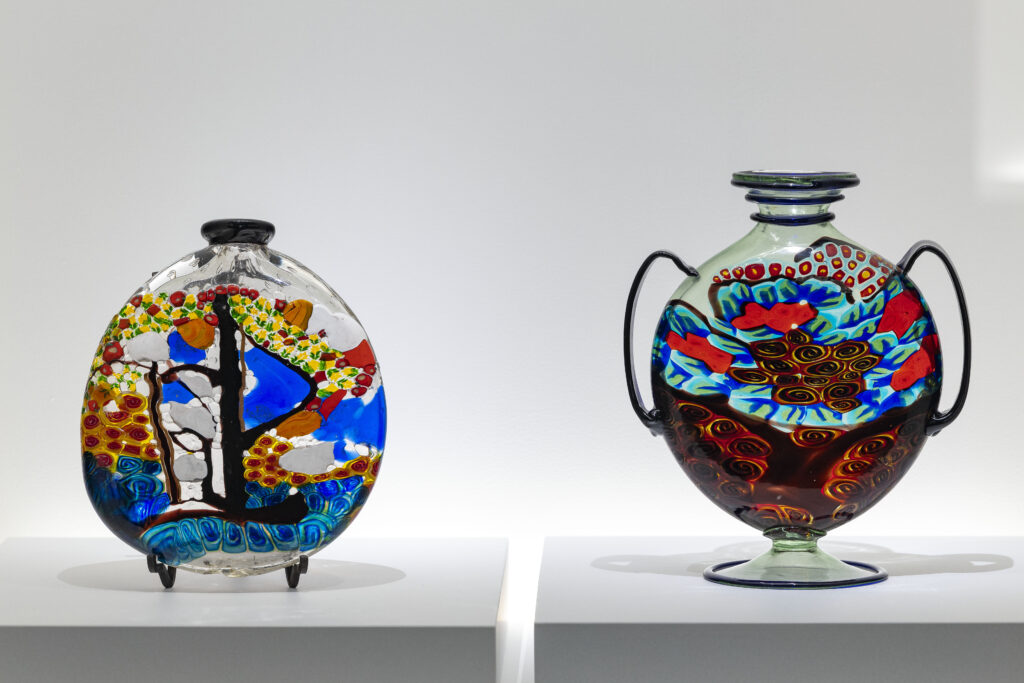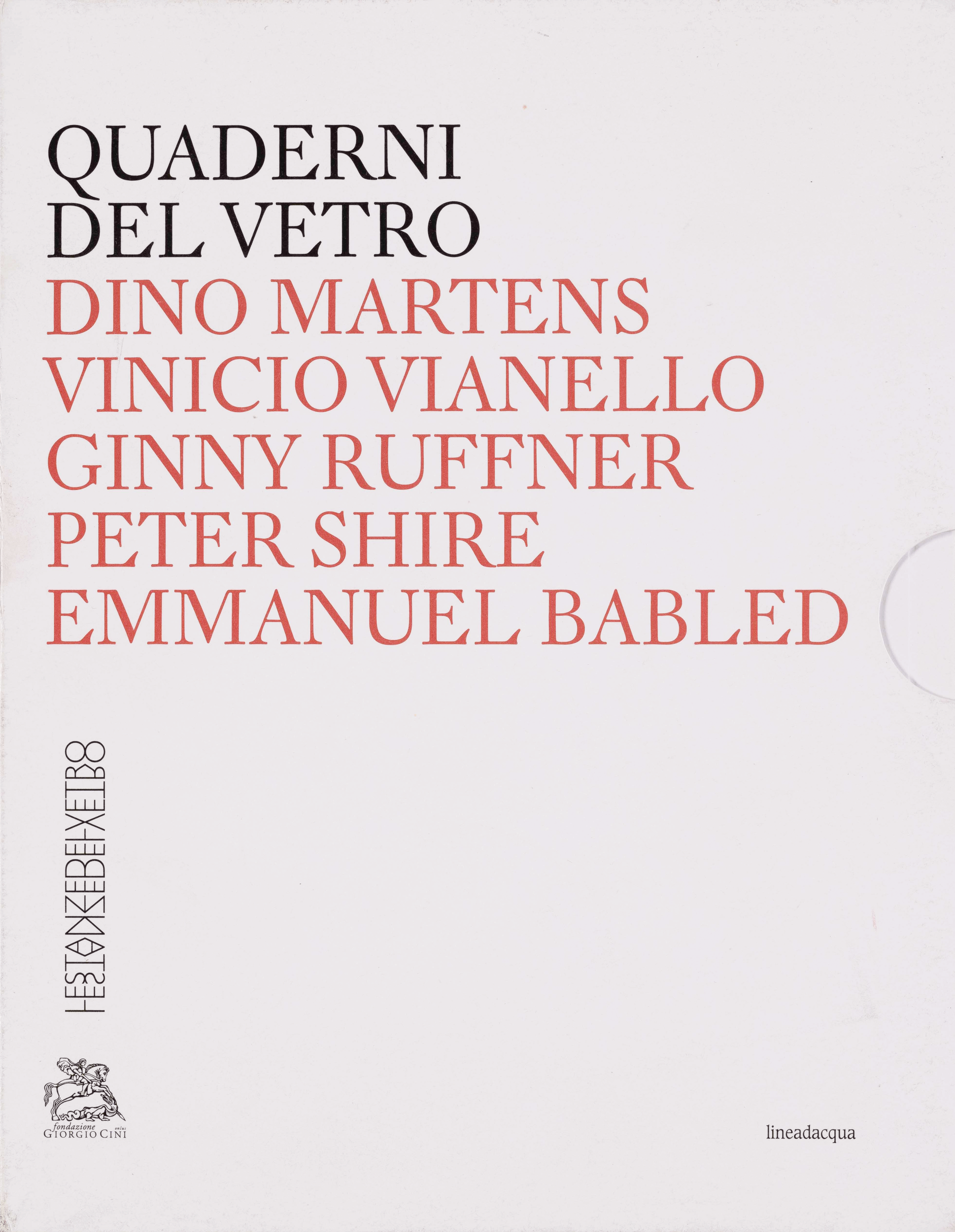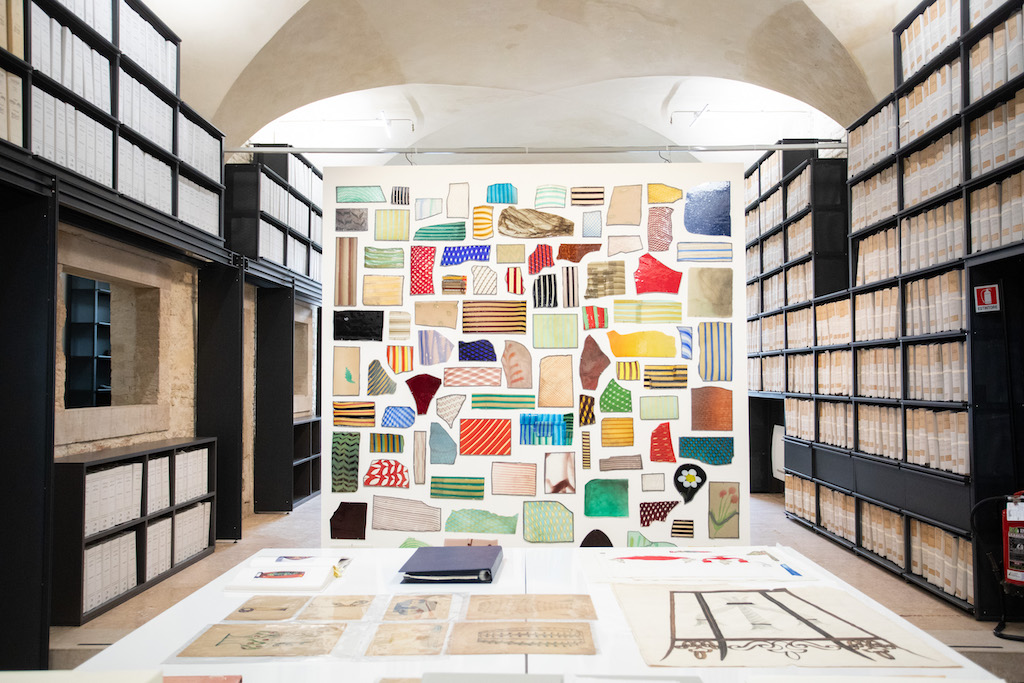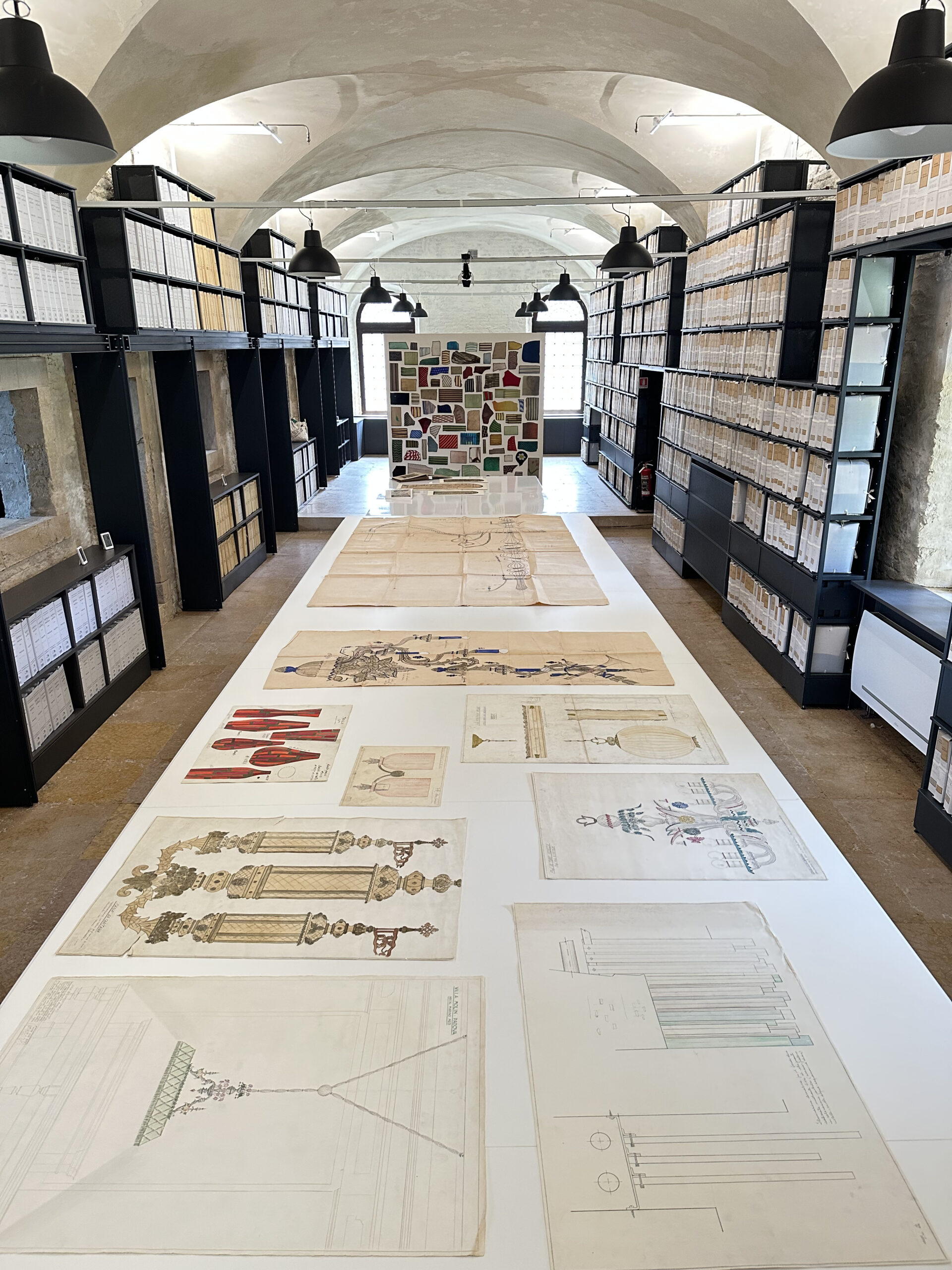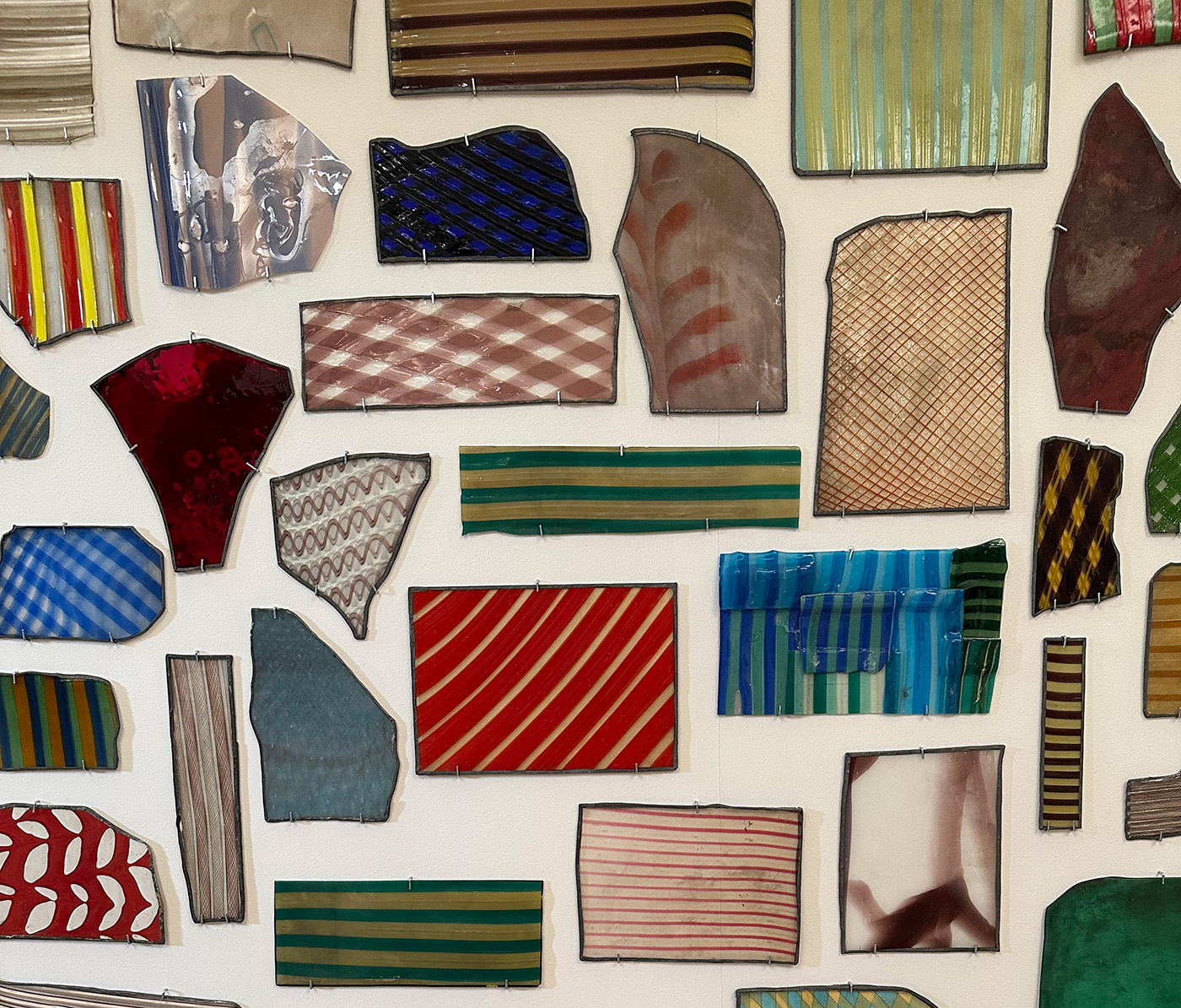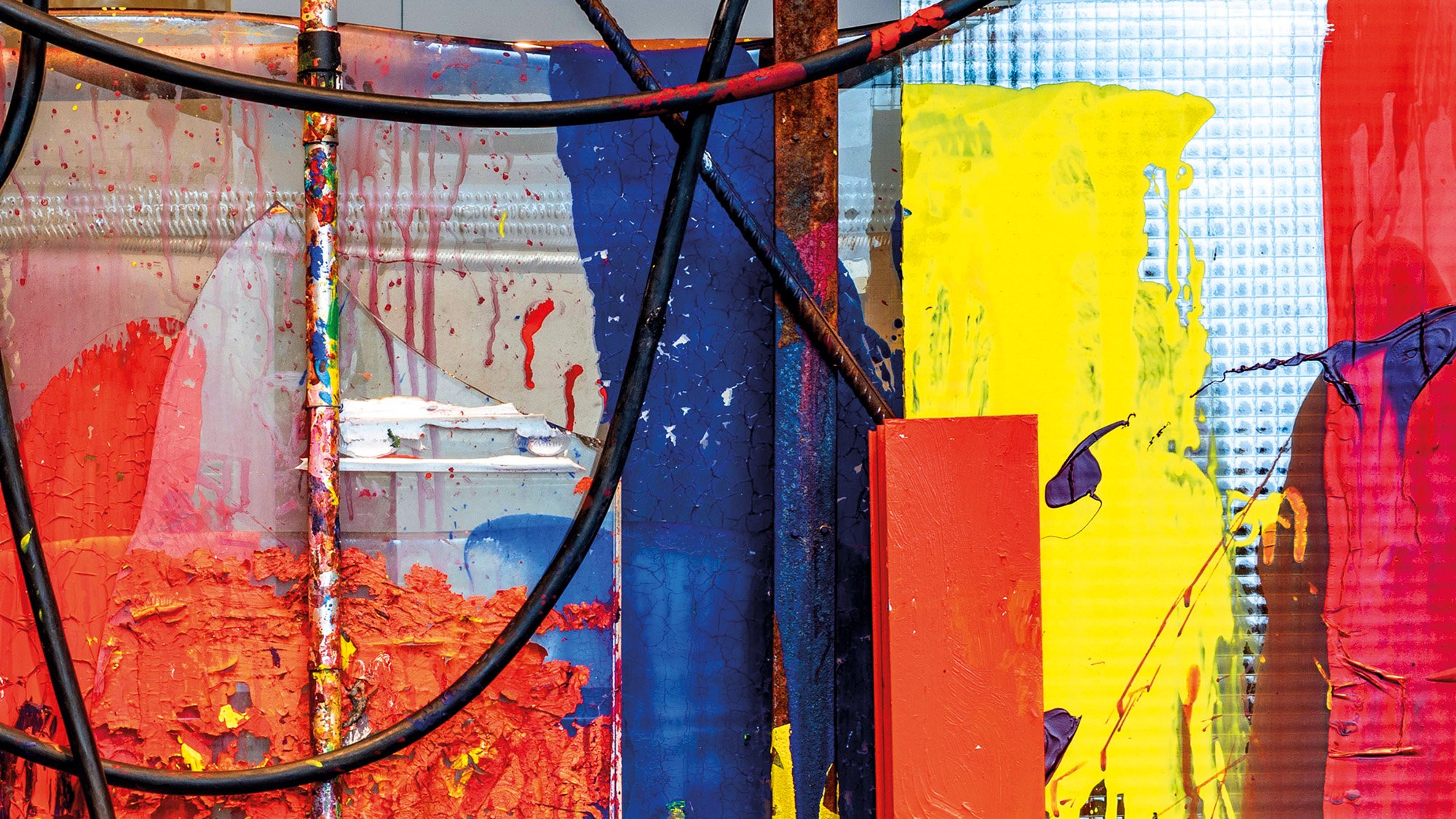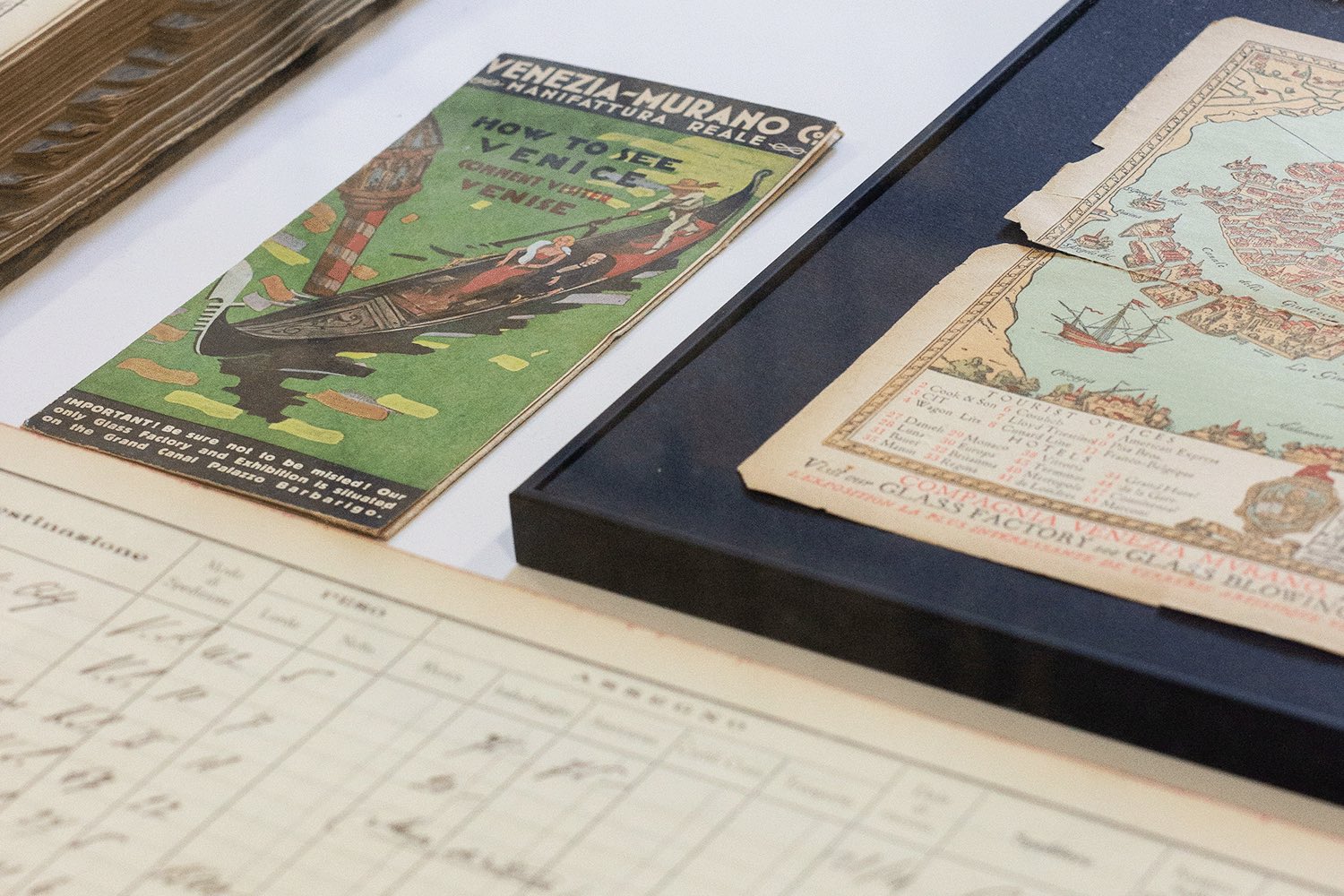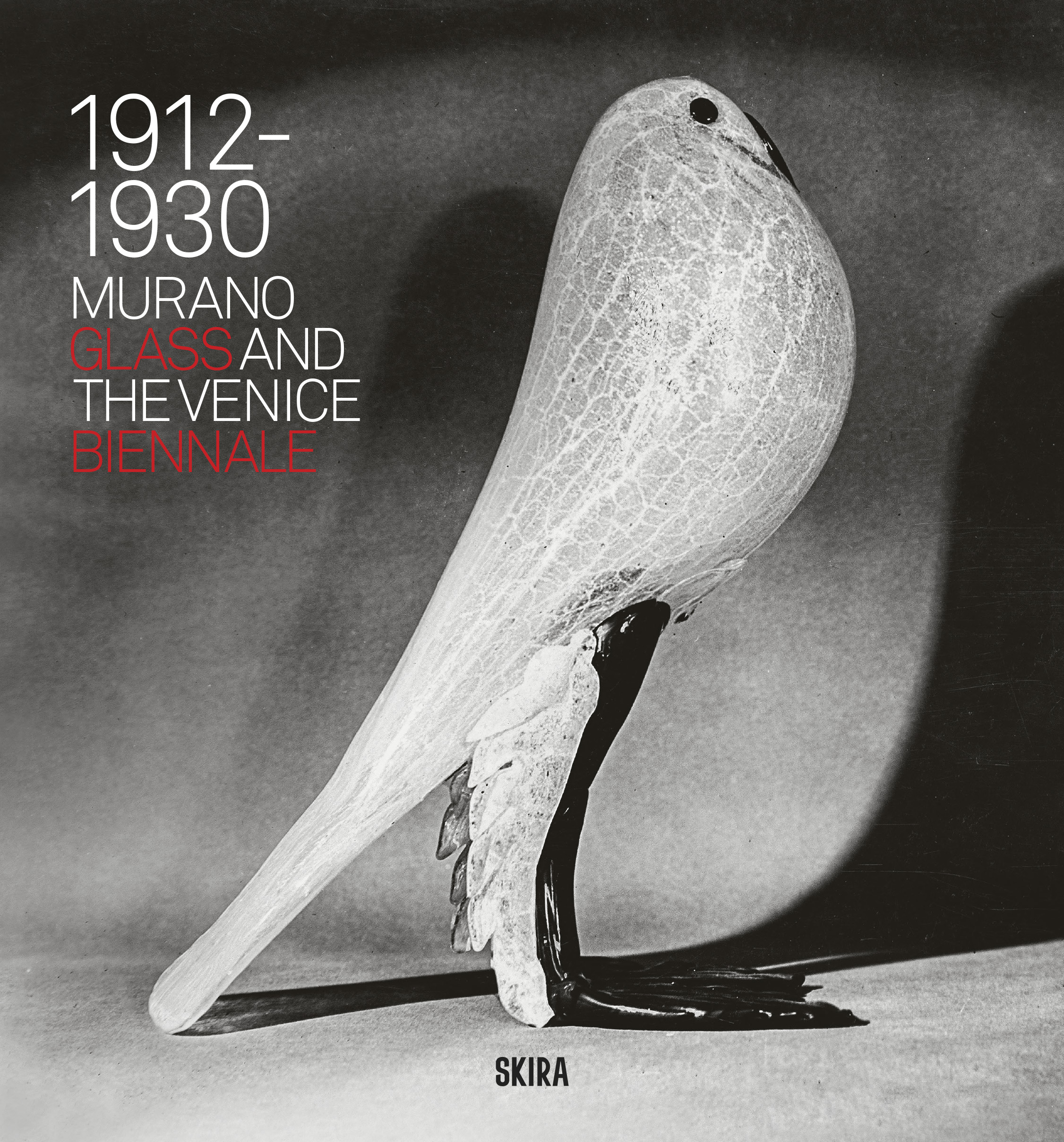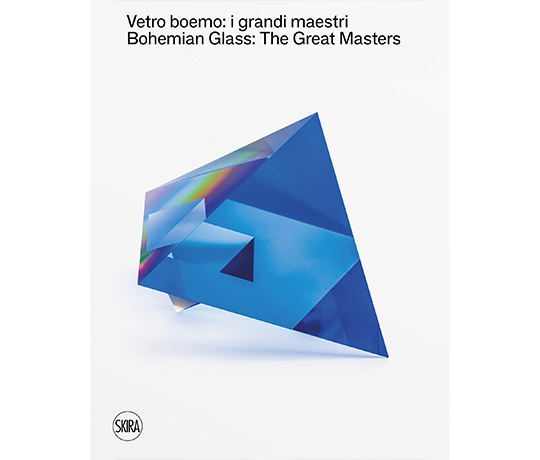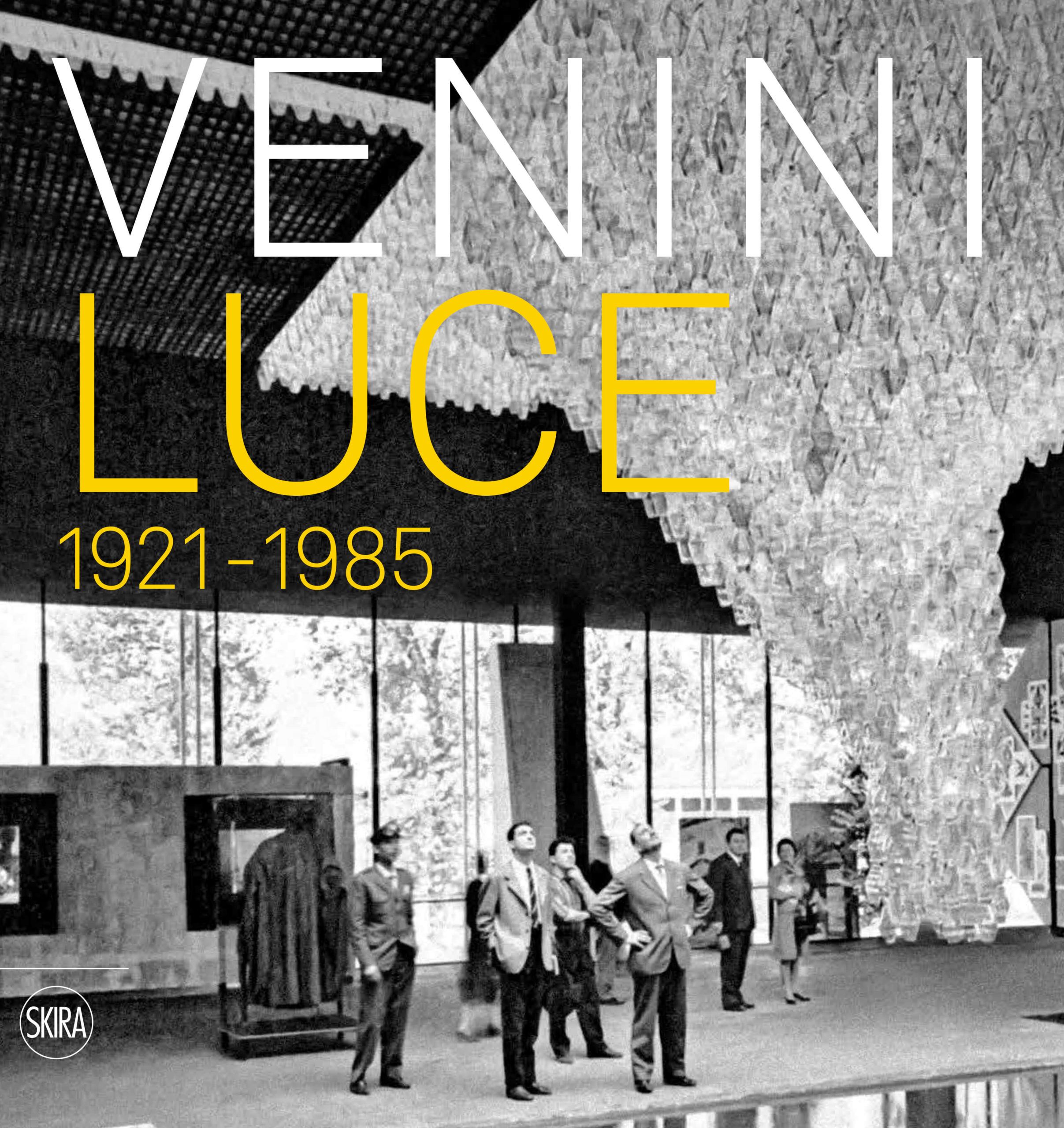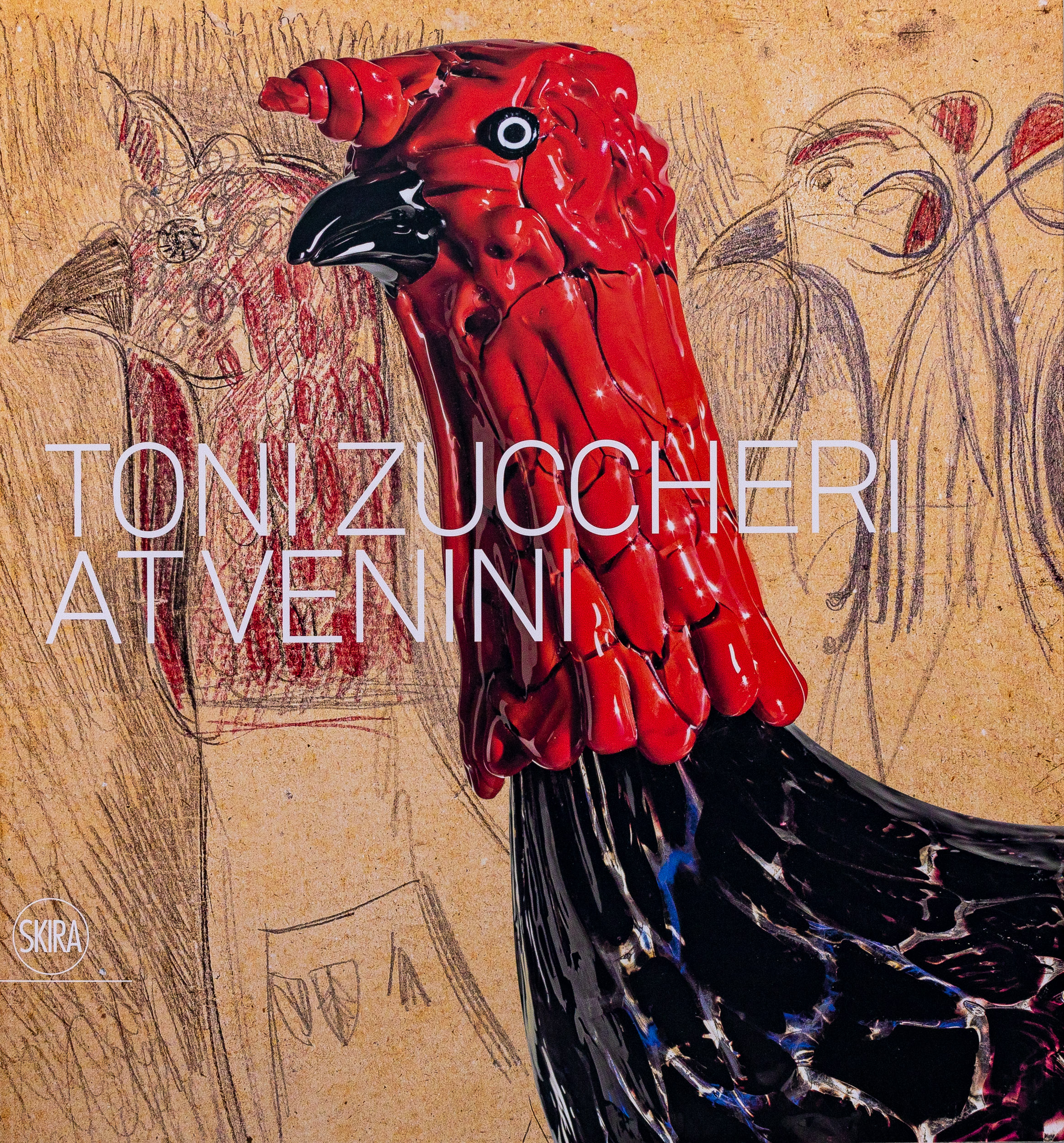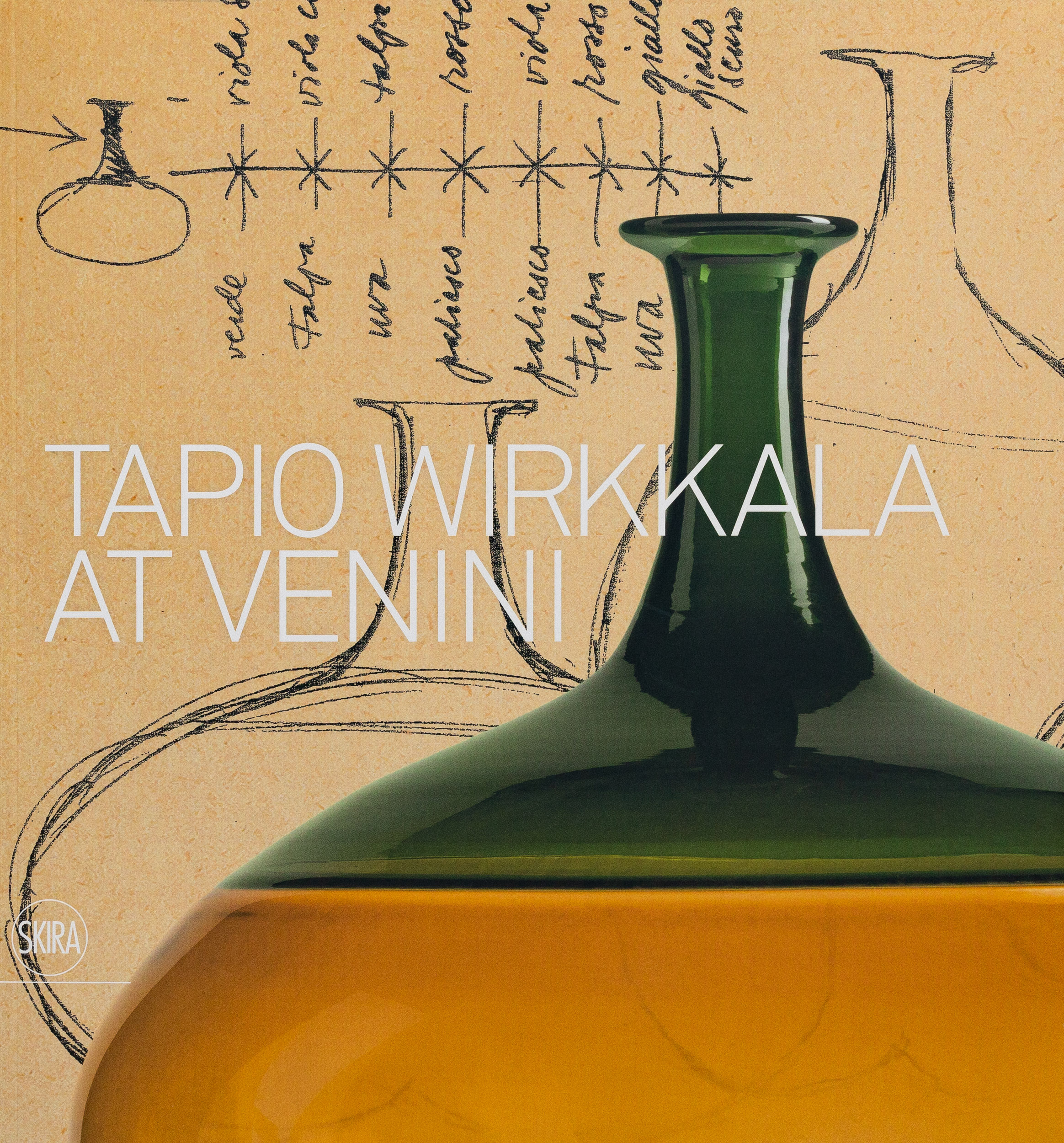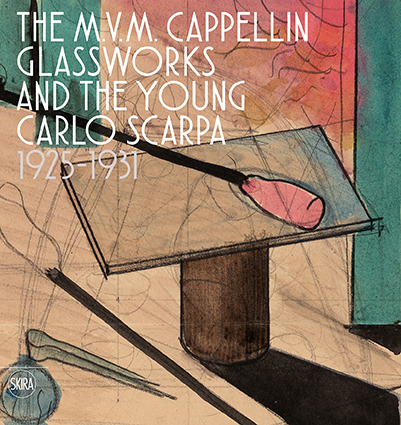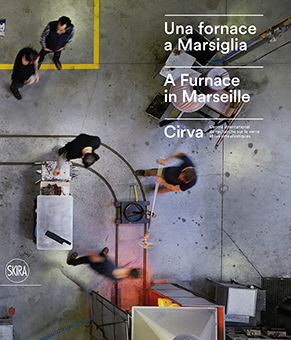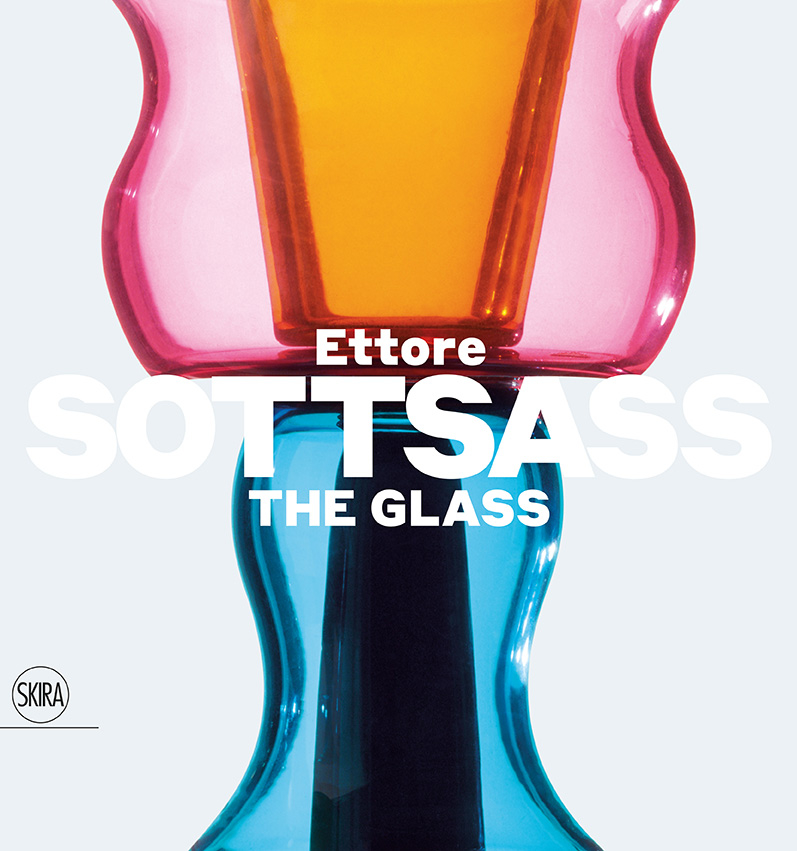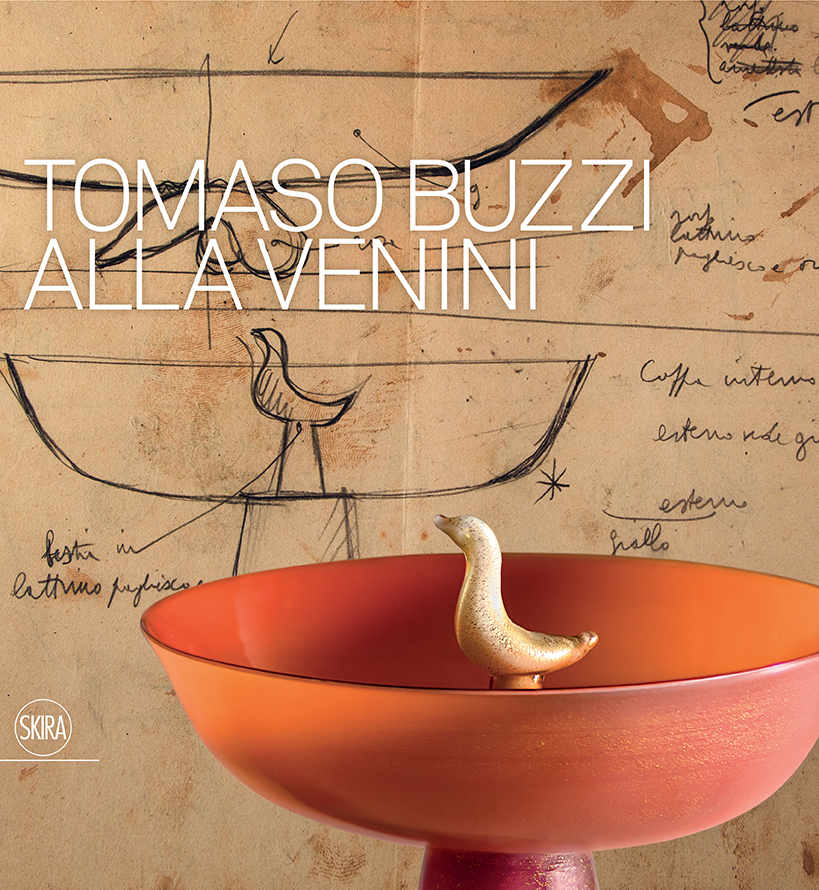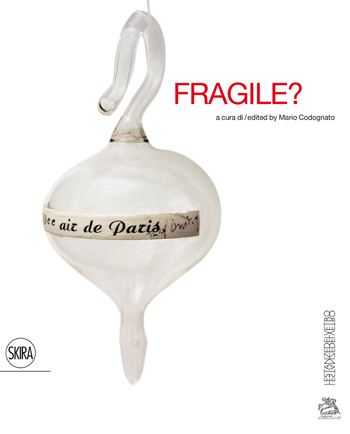- Dino Martens
- Ginny Ruffner, Peter Shire, Emmanuel Babled
- Vinicio Vianello
The series “Glass Notebooks”, created to provide a tangible expression of a concise yet monographic editorial initiative, serves as a tool for disseminating and collecting critical and biographical contributions dedicated to the archival collections housed at the Glass Study Center. Established in 2012 as part of the Institute of Art History at the Giorgio Cini Foundation, this initiative was promoted by the Foundation itself in collaboration with Pentagram Stiftung.
The Glass Archive represents a hub for research, preservation, and consultation of valuable memories, functioning as an active study center within an Institute of Art History committed to a continuous and multifaceted investigation of decorative arts as a whole. Its approach embraces diverse research programs and fields of study. The creation of this series is driven by the recognition of the significant role that in-depth exploration and dissemination of Venetian glass art play within the broader context of modern and contemporary art history. This importance is exemplified by numerous exhibitions hosted at Le Stanze del Vetro.
The Glass Study Center preserves drawings, sketches, albums, production catalogs, technical projects, and varied documentation spanning from the early 20th century to the 1990s, making it a treasure trove of material that positions it as the General Archive of Venetian Glass.
Each Notebook contains a concise biographical essay paired with a carefully curated and previously unpublished selection of images, showcasing the remarkable artistic achievements of the individuals featured in each volume. The initial three volumes highlight contributions by Marc Heiremans on Dino Martens, Rosa Barovier Mentasti on Ginny Ruffner, Peter Shire, and Emmanuel Babled, and Luca Massimo Barbero on Vinicio Vianello.
The “Glass Notebooks” series is designed as a concise and exemplary collection aimed at an international audience, including younger readers, offering them a glimpse into the depth and richness of the archival collections that vividly illustrate the extraordinary activities of the Venetian glassmaking world. By doing so, it aims to foster research, knowledge, and the education of new, increasingly passionate glass scholars to join the ranks of the already distinguished researchers who have so far shaped this foundational framework of sources and documentation.
